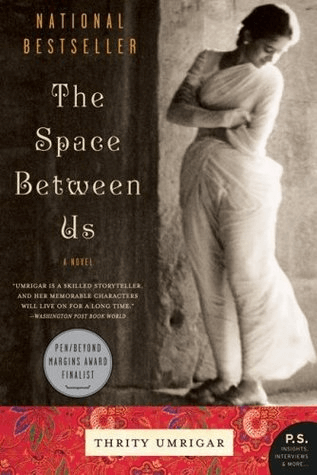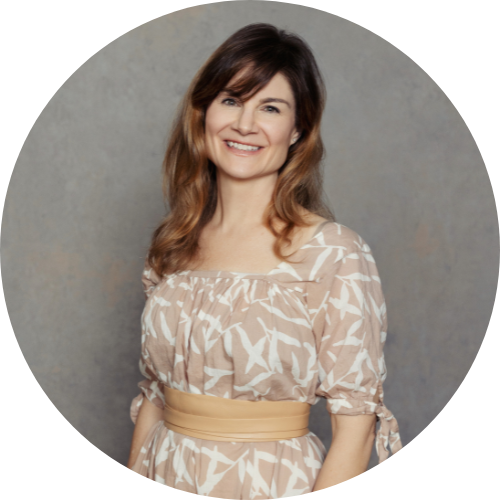Time to talk interiority! So much energy in early drafts goes into external events, i.e. what happens in a novel or memoir.
External events = things that could be acted out on stage, like dialogue, and action.
It’s an incredible amount of work to get down the external flow of events in your book. External events are the perfect thing to focus on in beginning drafts.
But when you go to revise, don’t fall into the common trap of polishing sentences that only add to the external story.
What happens only matters as much as the context and meaning a character (or former self in memoir) gives to those story events. Interiority provides that context and meaning.
Interiority is everything a character thinks, knows, rationalizes, plans, feels, believes, fears, wants, realizes, dreams, remembers, etc.
If you’re writing in the Close Third or First Person Point of View, interiority is everything else on the page.
Most novels, and all memoirs, require far more context and perspective from POV characters than writers might initially imagine.
Here’s an example I share with clients; I encourage all writers to do a similar exercise with a scene from one of their favorite books:
Exercise: Separate out the external from the internal in a scene.
The example below is from The Space Between Us, an award-winning novel by Thrity Umrigar.
Pg. 88, First Harper Perennial Modern Classics, 2011
The following excerpt begins mid-scene. It's a flashback, POV Sera with husband Feroz (deceased in present timeline).
“Come on, let’s go,” he said brusquely. “It’s getting late.”
“Tomorrow’s Saturday. Please. I need to walk more. I’m not ready to go yet.”
He sighed impatiently. “Okay, I’ve been at work all day already, but if the wife wants to walk, we will walk.”
Just then she saw a Muslim couple coming toward them. The man’s clean-shaven face was young and golden under the street lights. Sera couldn’t see the woman’s face because she was wearing a black burqa, which covered her from head to toe so that only her eyes were visible from behind the net. She noticed that the veiled woman’s index finger protruded out of the black robe and that it was linked to her husband’s finger.
“Feroz,” she said, “Feroz,” she said again. “I...I really love you.”
Feroz turned to her, his eyes warm and moist. “I love you, also, Sera,” he said, his voice deep with emotion. “I’m sorry for acting like such an idiot.”
She shivered.
“Are you cold?” he said immediately, his voice solicitous. “Come on, let’s go to the Taj and get you a hot cuppa tea.”
All of the external elements in this excerpt are strong: the dialogue, details, actions, and reactions of the characters. But I've edited out all of the interiority.
Here is the published version, interiority emphasized:

“Come on, let’s go,” he said brusquely. “It’s getting late.”
The thought of entering that house again, of having Banu’s restless eyes following her every move, made her voice quiver with intensity. “Tomorrow’s Saturday. Please. I need to walk more. I’m not ready to go yet.”
He sighed impatiently. “Okay, I’ve been at work all day already, but if the wife wants to walk, we will walk.”
Just then she saw a Muslim couple coming toward them. The man’s clean-shaven face was young and golden under the street lights. Sera couldn’t see the woman’s face because she was wearing a black burqa, which covered her from head to toe so that only her eyes were visible from behind the net. Normally, the sight would have repulsed her. She would’ve thought uncharitable thoughts about the husband who allowed his wife to walk around in this prison of cloth, who ignored statistics that showed a higher prevalence of TB among women who kept their faces covered all day long. But now, she noticed that the veiled woman’s index finger protruded out of the black robe and that it was linked to her husband’s finger. Thus they walked, their fingers touching in a poignant connection that proved the fallacy of the veil and suggested something deeper and more eternal than human conventions.
The sight tore at Sera’s heart and filled her with a sudden, hot envy. “Feroz,” she said, wanting to explain everything to him – how certain notes of the Moonlight Sonata shredded her heart like wind inside a paper bag; how her soul felt as endless and deep as the sea churning on their left; how the sight of the young Muslim couple filled her with an emotion that was equal parts joy and sadness; and above all, how she wanted a marriage that was different from the dead sea of marriages she saw all around her, how she wanted something finer, deeper, a marriage made of clouds and stardust and red earth and ocean foam and moonlight and sonatas and books and art galleries and passion and kindness and sorrow and ecstasy and of fingers touching under a burqa. She turned to him, feeling feverish with desire. “Feroz,” she said again. “I...I really love you.”
Two things happened then. Feroz turned to her, his eyes warm and moist. “I love you, also, Sera,” he said, his voice deep with emotion. “I’m sorry for acting like such an idiot.” And even as she was grateful for his words, she was aware of a feeling of letdown, of having betrayed herself. She knew that she had taken the easy way out, that she had let the steam escape from the boiling pot of her emotions. What she had meant to say was not “I love you” at all. What she had wanted to say was “I love life,” a self- declaration as naked and real and authentic as an X-ray. And then, a door slammed shut somewhere in the inner recesses of Sera’s mind: If she had said what she really intended to say, she knew Feroz would not have understood. A lonely feeling swept over her like an icy wind, and she shivered.
“Are you cold?” he said immediately, his voice solicitous. “Come on, let’s go to the Taj and get you a hot cuppa tea.”
As he took her hand to cross the street, she hated herself for the duplicitous, betraying thoughts flapping around her mind like bats.
I love this example because the contrast between the scene with and without interiority is dramatic; the interiority completely changes our understanding of events, of the characters, of the story!
How much interiority to add is stylistic; I also love to work with examples from Jeanette Wall's The Glass Castle, a memoir that uses comparatively sparse interiority. Every line, exterior and interior, builds from the character's unique point of view.
As you revise, look for ways to deepen the story events you've written:
1. Focus external details on things that the POV character would notice and care about in that moment (based on expectations, desires, and fears)
2. Experiment expanding your POV character's thoughts, rationale, judgements, frustrations, and desires in response to current scene events.




0 Comments